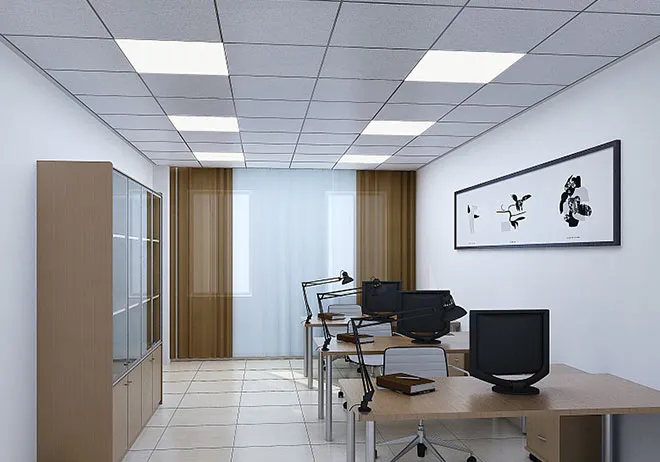9 月 . 15, 2024 10:23 Back to list
gypsum board vs pvc ceiling
Gypsum Board vs. PVC Ceiling A Comparative Analysis
When it comes to interior design and construction, ceiling materials are a crucial choice that can affect the overall aesthetic, durability, and functionality of a space. Two popular options available on the market are gypsum boards and PVC ceilings. Each has its own set of advantages and disadvantages, making them suitable for different applications and environments. This article aims to provide a comparative analysis of gypsum boards and PVC ceilings, helping you make an informed decision for your next project.
Composition and Installation
Gypsum board, also known as drywall, is made from a gypsum core sandwiched between two layers of thick paper. It is highly favored for its smooth finish and soundproofing qualities. Installation typically involves securing the boards to wooden or metal frames and then finishing with joint compound and paint. This process can be labor-intensive, requiring skilled labor for a flawless finish.
On the other hand, PVC ceilings are made from polyvinyl chloride, a type of plastic. They come in panels or tiles that can be easily installed using clips or adhesive, making them a popular choice for DIY enthusiasts. The lightweight nature of PVC makes it easy to transport and handle, reducing labor costs associated with installation.
Aesthetic Appeal
Aesthetics play a significant role in ceiling selection. Gypsum boards offer a classic and elegant look, suitable for both modern and traditional designs. They can be painted in any color and can also be used to create custom shapes and textures, enhancing the visual appeal of a room.
In contrast, PVC ceilings come in a variety of designs, textures, and colors, including wood-like patterns, glossy finishes, and even intricate designs. The versatility of PVC allows homeowners to achieve a contemporary or trendy look at a lower cost. However, some may find that PVC lacks the sophistication and appeal of traditional gypsum finishes.
gypsum board vs pvc ceiling

Durability and Maintenance
Durability is another critical factor to consider. Gypsum boards are inherently fire-resistant, which makes them a safe choice for buildings. However, they can be susceptible to water damage and mold, especially in high-moisture environments. Regular maintenance and proper sealing can mitigate some of these issues, but replacements may be necessary if damage occurs.
PVC ceilings excel in moisture-resistant properties, making them ideal for areas like bathrooms and kitchens. They do not warp or swell when exposed to water, offering long-lasting durability. Moreover, PVC panels are easy to clean and maintain; wiping them down with a damp cloth is usually sufficient to keep them looking new.
Cost Considerations
When evaluating budget, PVC ceilings generally come at a lower upfront cost compared to gypsum boards, especially when considering installation expenses. The easier installation process of PVC can lead to overall savings. However, it is essential to consider the long-term costs, as gypsum boards may require more frequent maintenance and some may argue for their superior aesthetic appeal potentially adding to property value.
Conclusion
In conclusion, the choice between gypsum board and PVC ceiling largely depends on your specific needs, budget, and aesthetic preferences. Gypsum boards are an excellent choice for those seeking a traditional look with robustness, while PVC ceilings provide flexibility, moisture resistance, and ease of installation. Assessing your unique requirements will ultimately guide you in selecting the right ceiling material for your space.
-
Revolutionizing Interior Design with Ceilings t grid Suspended SystemNewsOct.29,2024
-
Revolutionizing Ceiling Design with ceiling access panel with Gypsum Tile WaterproofNewsOct.29,2024
-
Revolutionizing Interior Design with PVC Gypsum Ceiling: A Comprehensive GuideNewsOct.29,2024
-
Elevating Interior Design with High quality Mineral Fiber Ceiling TilesNewsOct.29,2024
-
Revolutionizing Interior Design with PVC Gypsum Ceiling: A Comprehensive GuideNewsOct.29,2024
-
Elevating Interior Design with High-Quality Mineral Fiber Ceiling Tiles: A Comprehensive GuideNewsOct.29,2024







